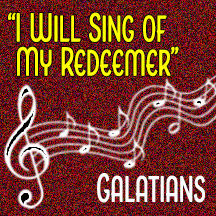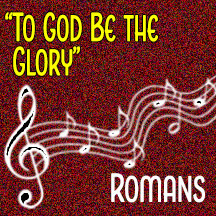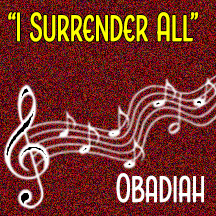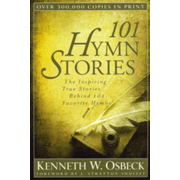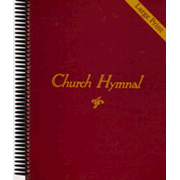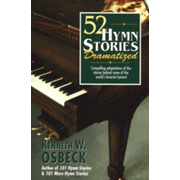Hymn & History
Amos 5:14a
“I Have Decided To Follow Jesus”
By Unknown
Youtube by Goober Sir https://www.youtube.com/watch?v=S8jvfdDtoqY

Purpose of
Hymnal Journaling
Reflect on the weekly hymns as you color/doodle and sing along. Use a hymnal of your own, order one at the bottom of this page, or print out sheet music from the internet.
Directions for
Hymnal Journaling
2. Read History
3. Color/Doodle Hymn
4. Share photo in comments OR
5. Share photo in Facebook Group
Member Submitted Pages for This Hymn

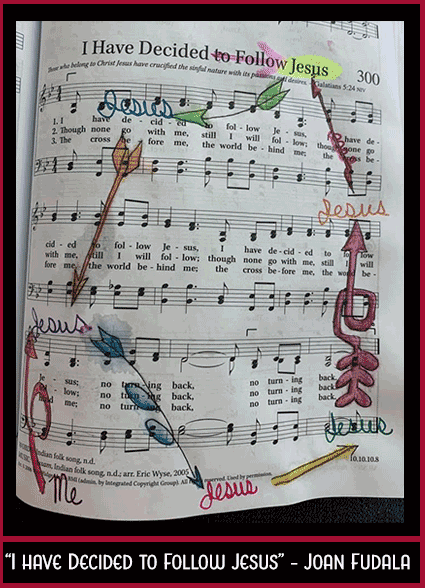
Creative-Bible-Journaling.com has collected the following information and lyrics from various websites, for the sole purpose of sharing with you, for educational purposes only. No money is exchanged for this information.
Hymn Lyrics
THE LYRICS ~
“I Have Decided To Follow Jesus”
I have decided to follow Jesus;
I have decided to follow Jesus;
I have decided to follow Jesus;
no turning back, no turning back.
Though none go with me,
I still will follow;
though none go with me,
I still will follow;
though none go with me,
I still will follow;
no turning back,
no turning back.
The world behind me,
the cross before me;
the world behind me,
the cross before me,
the world behind me,
the cross before me;
no turning back,
no turning back.
The Author of the Hymn
THE AUTHOR ~Unknown
In some hymnals, the editors noted that a hymn’s author is unknown to them, and so this artificial “person” entry is used to reflect that fact. Obviously, the hymns attributed to “Author Unknown” “Unknown” or “Anonymous” could have been written by many people over a span of many centuries
History of Hymn
THE HISTORY ~ “I Have Decided To Follow Jesus”
A Christian hymn that originated in Assum, India. According to P. Job, the lyrics are based on the last words of Nokseng, a Garo man, a tribe from Meghalaya which then was in Assam, who converted to Christianity in the middle of the 19th century through the efforts of an American Baptist missionary. He is said to have recited verses from the twelfth chapter of the book of John as he and his family were killed. The formation of these words into a hymn is attributed to the Indian missionary Sadhu Sundar Singh. The melody is also Indian, and entitled “Assam” after the region where the text originated.
An American hymn editor, William Jensen Reynolds, composed an arrangement which was included in the 1959 Assembly Songbook. His version became a regular feature of Billy Graham’s evangelistic meetings in America and elsewhere, spreading its popularity.
Due to the lyrics’ explicit focus on the believer’s own commitment, the hymn is cited as a prime example of decision theology, emphasizing the human response rather than the action of God in giving faith. This has led to its exclusion from some hymnals. A Lutheran writer noted, “It definitely has a different meaning when we sing it than it did for the person who composed it.”
Now it’s your turn… Create & Share
Share your page by posting a photo in the comments here, or in the CBJ Facebook group
“CREATE Full Access Membership” Gives You the Keys to All Projects, Just Click Below
“God Will Take Care of You”
Meet the Author of the Hymn “God Will Take Care of You”. Then have fun with Hymnal Journaling. Share your page here on the website or in the CBJ Facebook Group.
“I Will Sing of My Redeemer”
“I Will Sing of My Redeemer” is a wonderful hymn of the church. Meet the author, watch a video and sing out the lyrics.
“Just A Closer Walk With Thee”
Hymn: “Just A Closer Walk With Thee”. Meet the author, watch a video and hum the lyrics as you doodle this wonderful testimonial hymn.
“Victory In Jesus”
“Victory In Jesus” is a Hymn to sing with zeal. Meet the author, watch a video and shout out the lyrics.
“To God Be the Glory”
“To God Be The Glory” is a great Hymn of the Church!. Meet the author, watch a video and shout out the lyrics!
“Jesus Paid It All”
“Jesus Paid It All” for our salvation! Meet the author, watch a video and hum the lyrics as you doodle this hymn.
“Jesus Loves Me”
Click here for the hymns “Jesus Loves Me” and “For God So Loved The World”. Both for John 3:16.
“Hark The Herald Angels Sing”
Click here for the hymn and the history of “Hark The Herald Angels Sing”. Meet the author, watch a video and sing out this favorite Christmas Carol.
“Where He Leads Me”
Click for “Where He Leads Me”. Meet the author, watch a video and hum the lyrics as you doodle this wonderful hymn.
“What Child Is This?”
Click here for the hymn and the history of “What Child Is This?”. Meet the author, watch a video and hum the lyrics of this Christmas Carol.
“I Surrender All”
Hymn: “I Surrender All”. Meet the author, watch a video and hum the lyrics as you doodle this wonderful testimonial hymn.
“Softly & Tenderly, Jesus Is Calling”
Click here for the hymn and the history of “Softly & Tenderly, Jesus Is Calling”. Meet the author, watch a video and doodle this wonderful hymn.


